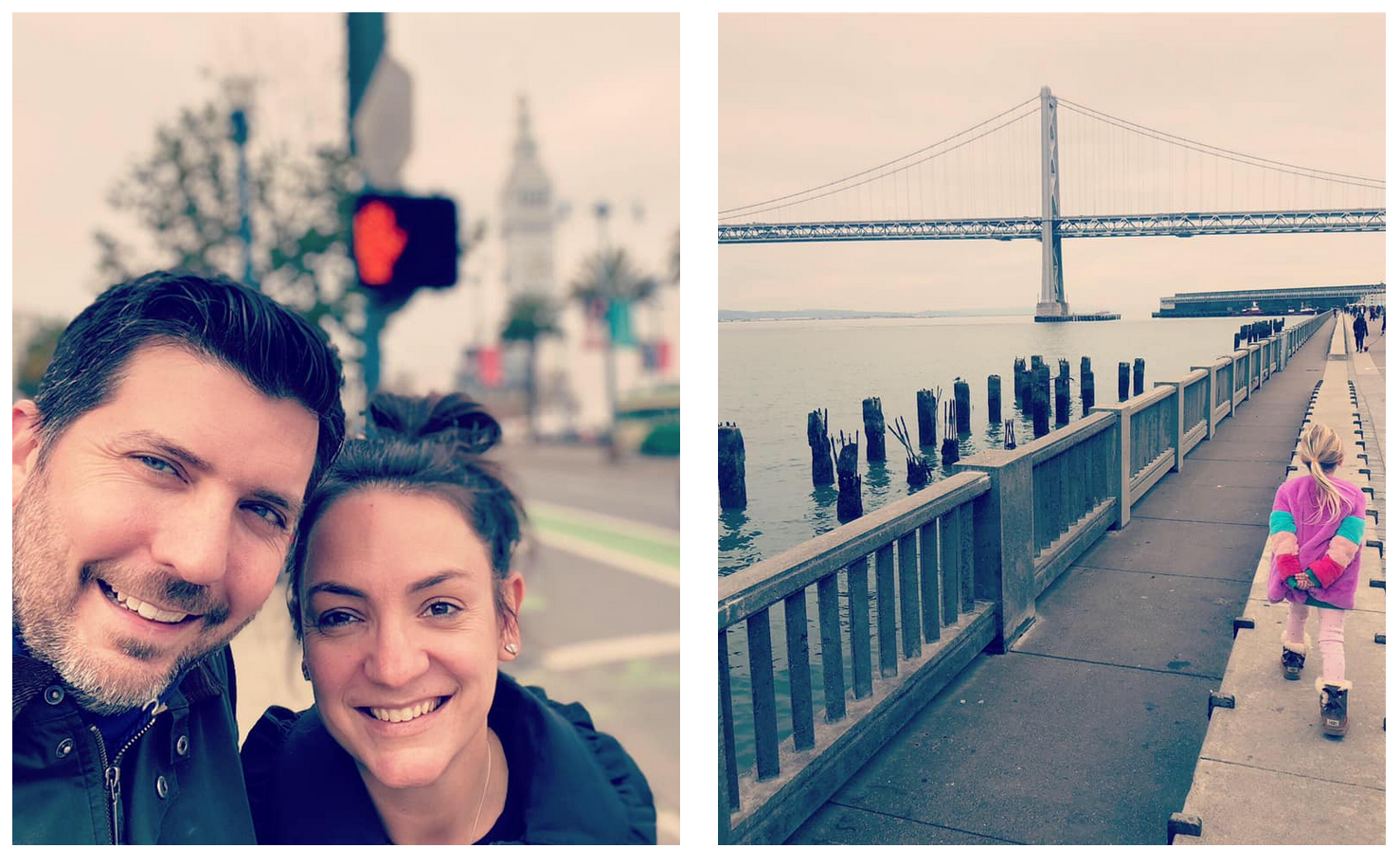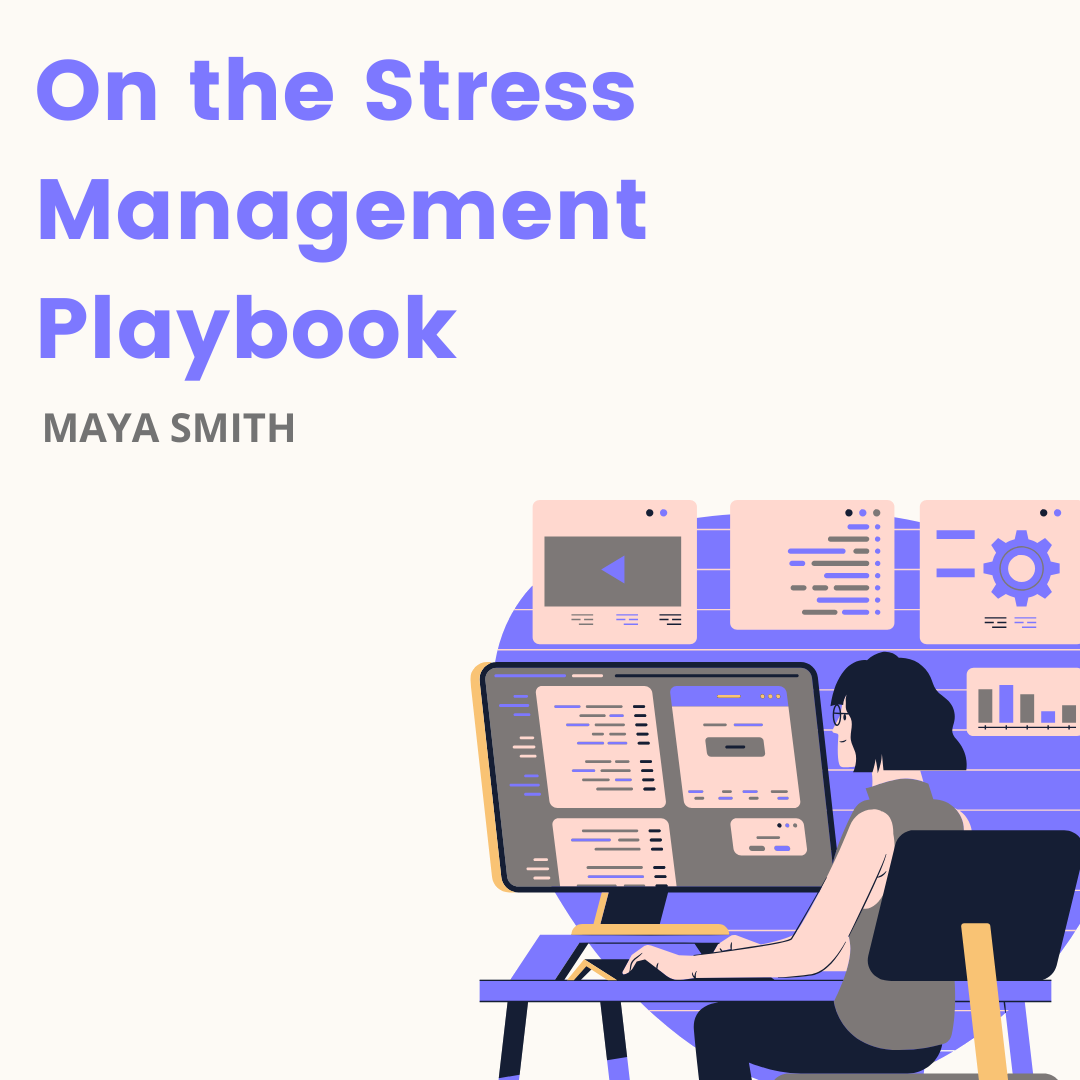As Californians, we must take the necessary steps to physically safeguard ourselves from COVID-19 and curtail the spread of the virus. I’m gratified that the early data suggests we’re following the guidelines well and caring for ourselves and each other, but we must remain vigilant.
We must also remember to prioritize our mental health during this uncertain and stressful time. I applaud Governor Newsom and California Surgeon General, Dr. Nadine Burke Harris for their comprehensive approach to public health, demonstrated by their release of a step-by-step stress management guide designed to decrease stress hormones and improve both psychological and physical health. I encourage all Californians to heed this guidance. I’m also keenly aware of the acute effects of this crisis on younger generations which is why I’m urging everyone to check in with the young people in your lives regularly during this challenging time — validate what they’re feeling, listen and offer your support.
Young people in California see mental health as an even bigger priority than physical health, with 59% of young people saying their mental health is a very important priority but only 52% saying the same about their physical health. Yet even under regular circumstances, research shows that California high schoolers are more stressed than their peers nationally. With self-quarantine and schools across the country closed for weeks, months, or longer, there is no doubt that our youth need tools and resources, now more than ever, to support their mental wellness.
One of the critical elements of the Governor’s stress management guide is the focus on supportive relationships. Cut off physically from many of those relationships during this time, young people will rely on the support of those closest to them more than ever. Those of us that are parents or caregivers — or may not be either but are relied on for emotional support — should be fostering ongoing conversations about mental health. Discussing COVID-19, and the mental and emotional health implications that come with practicing physical distancing from friends and loved ones, shouldn’t be a “check the box” conversation; rather, it should be a continuing dialogue.
In less turbulent times, my husband and I rely heavily on an incredible support system of teachers, babysitters, and friends that have become like family. In the physical absence of those support systems, I am learning how to build this habit in my own home, as I field questions and temper tantrums from my own four and seven-year-olds about missing their friends, asking for play dates, and struggling to understand the concept of school on an iPad.

I spoke with a group of students a couple of months ago in New York City and one of the most illuminating insights I heard was that students understand that their parents won’t always have all the answers to their problems but what they’re looking for is the validation of their emotions and reassurance of their parents’ commitment to work with them to resolve challenges. Young people often fear being judged or misunderstood if they open up about their feelings so it’s helpful if you start a conversation by sharing your own experience – the good, the awkward, the sensitive, and everything in between.
Kindness is also critically important as we continue to physically distance ourselves. Young people who live in kind communities report being mentally healthier and show reduced levels of stress and anxiety. Fortunately, surveys of California youth show that they are more likely to characterize their communities as kind than young people nationally. We need to continue being kind and maintain this high standard. Whether it’s being kind to yourself by taking a few minutes to meditate in the morning (or take a nap, as I love to do!), or to your family by giving each family member time and space to work or virtually socialize with friends, or being kind to your community, kindness will go a long way in creating a sense of calm and comfort. If you’re in search of ways to make a difference in your neighborhood, I’d encourage you to join Cal Volunteers’ Californians for All program. You can learn how to get involved and be there for your neighbors by supporting food banks and shelters, donating blood, safely checking in on your neighbors, delivering meals to vulnerable community members, and more.
It’s okay to not have it all figured out right now. As a working mother (and now an ad hoc kindergarten and first-grade teacher), each day feels like a year. I’ve learned that our kids are resilient and they can teach us a lot about how to overcome the challenges we’re all facing in this new reality. Whether it’s sitting together for a family dinner every night – which has important mental health implications on its own – or going for a family walk, I encourage you to build-in time when you can all be together. Be vulnerable, share your own stories, and fortify your support system.
Together, we will emerge from this moment stronger (and kinder) than we were before.


